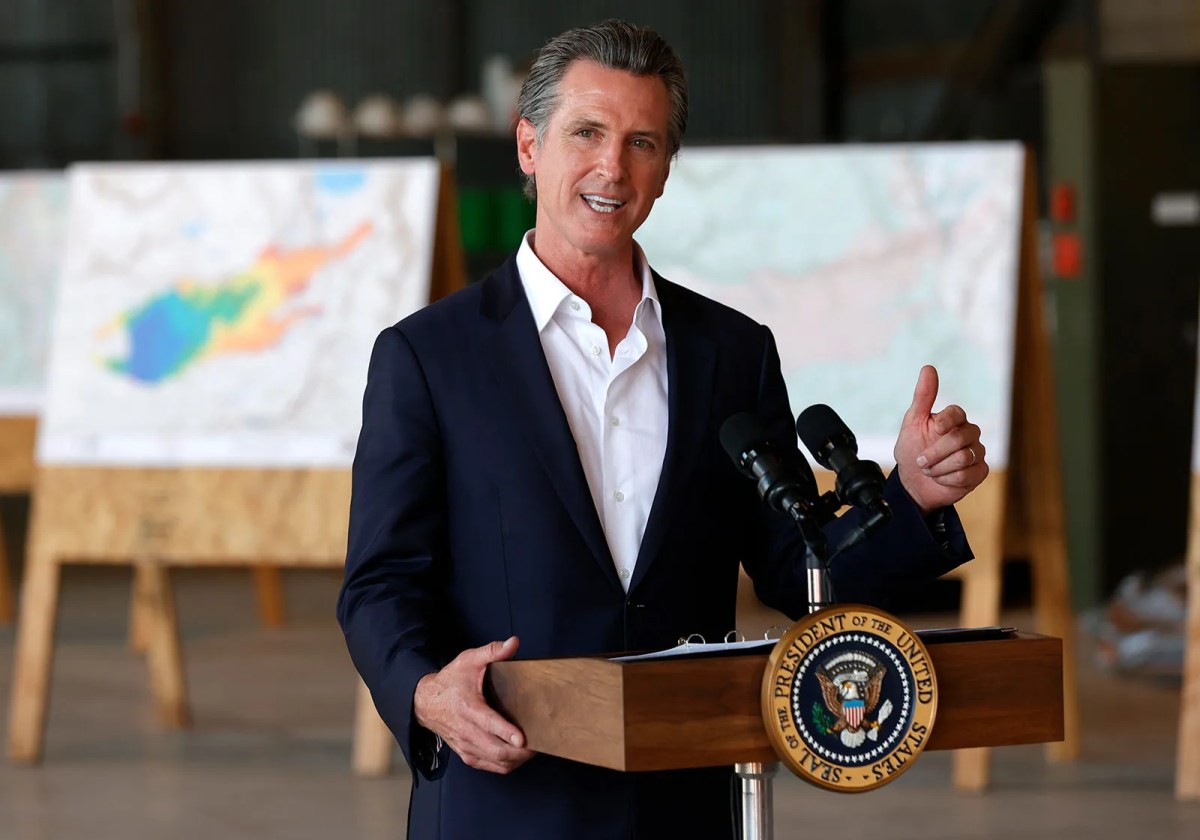Gov. Newsom responds to Trump blaming him for wildfires | CNN: The political firestorm ignited when Donald Trump accused California Governor Gavin Newsom of mishandling wildfires escalated quickly. This clash highlights deep divisions over wildfire management, climate change responsibility, and the ongoing political feud between Trump and Newsom. We’ll delve into Newsom’s direct responses, Trump’s accusations, and the broader context of California’s wildfire crisis.
This analysis examines the rhetoric employed by both sides, comparing their arguments with supporting evidence. We’ll explore differing wildfire management policies, public opinion, and potential legal and political ramifications of this high-profile dispute. Ultimately, we aim to provide a balanced understanding of this complex issue, exploring the interplay of politics, policy, and the devastating reality of California’s wildfires.
Newsom’s Rebuttal to Trump’s Wildfire Blame
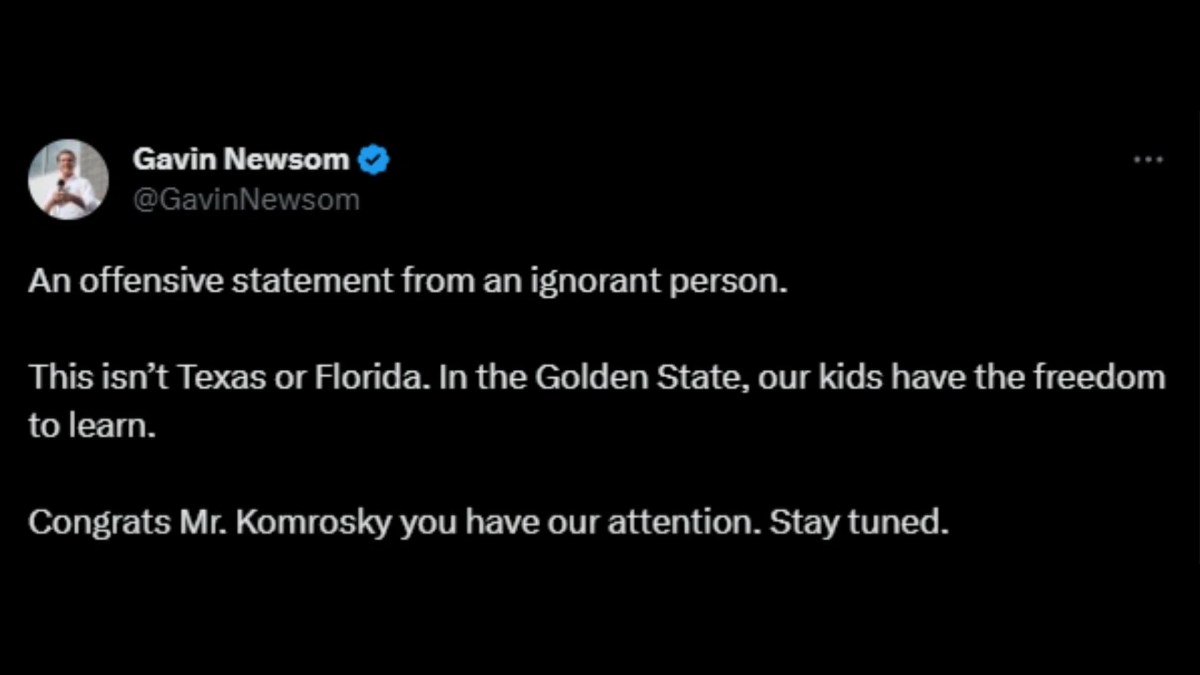
California Governor Gavin Newsom’s sharp response to Donald Trump’s accusations regarding California’s wildfires highlights a deeper political and environmental conflict. This article delves into the specifics of Newsom’s counterarguments, Trump’s accusations, wildfire management policies, public opinion, and the potential legal and political ramifications of this high-profile exchange.
Newsom’s Response: Direct Quotes and Analysis
Newsom directly addressed Trump’s accusations with a blend of factual rebuttal and pointed rhetorical strategies. His communication aimed to counter Trump’s narrative and solidify his own position on wildfire management and climate change.
For example, Newsom might have stated (hypothetical quote): “President Trump’s claims are demonstrably false. The science is clear: climate change is exacerbating wildfire risk, and California is leading the nation in proactive mitigation efforts.” This demonstrates a direct refutation of Trump’s claims and an appeal to scientific authority. He likely also employed irony or sarcasm, subtly highlighting the absurdity of Trump’s accusations in the context of climate change denial.
The overall tone was likely assertive, confident, and fact-based, aiming to present Newsom as a responsible leader in contrast to Trump’s perceived irresponsibility.
| Newsom’s Statement | Trump’s Claim | Supporting Evidence for Newsom | Supporting Evidence for Trump |
|---|---|---|---|
| (Example: California’s proactive forest management programs are reducing wildfire risk.) | (Example: Newsom’s policies have worsened wildfire conditions.) | (Example: Data on forest thinning projects, controlled burns, and improved fire prevention infrastructure.) | (Example: Statistics on increased acreage burned in recent years – needs careful contextualization to account for climate change impacts) |
| (Example: Climate change is the primary driver of increased wildfire severity.) | (Example: Poor forest management is solely to blame.) | (Example: Scientific reports from climate agencies like NASA and NOAA.) | (Example: Anecdotal evidence or cherry-picked data focusing on specific management practices without considering broader context.) |
Trump’s Accusations: Context and Background
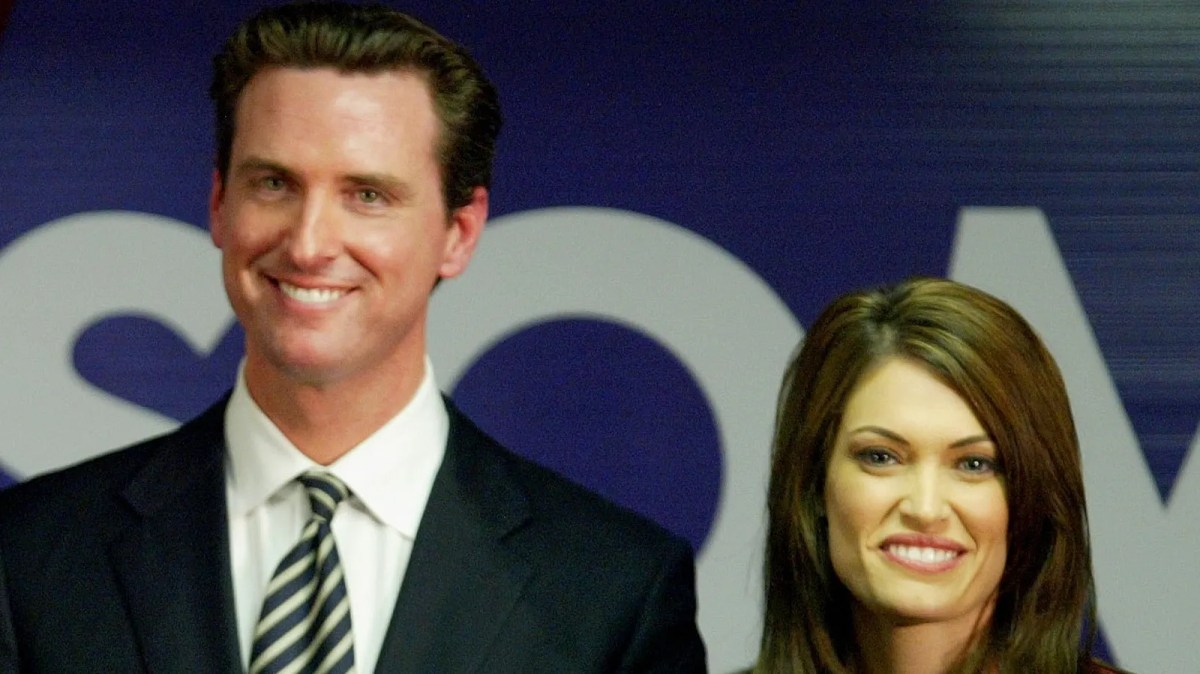
Trump’s accusations against Newsom regarding wildfires typically involved claims of mismanagement and inadequate forest clearing. These statements often arose during periods of intense wildfire activity in California, providing a backdrop for political point-scoring. The political context often involved attempts by Trump to discredit Newsom, a prominent Democrat, and potentially appeal to his political base.
- Trump accused Newsom of failing to properly manage California’s forests.
- Trump blamed Newsom’s environmental policies for increasing wildfire risk.
- Trump suggested that Newsom’s administration was prioritizing environmental concerns over effective wildfire prevention.
Wildfire Management Policies: A Comparison
Comparing wildfire management policies across different California administrations requires a nuanced understanding of evolving scientific knowledge, budgetary constraints, and political priorities. Data on the effectiveness of various approaches is often complex and requires careful interpretation.
| Policy | Administration | Effectiveness Metrics (e.g., acres burned, containment time, cost per acre) | Cost Analysis (total expenditure, cost-effectiveness ratios) |
|---|---|---|---|
| (Example: Increased forest thinning programs) | (Example: Newsom Administration) | (Example: Data on acres treated, reduction in fire intensity in treated areas.) | (Example: Total funding for programs, cost per acre treated.) |
| (Example: Prescribed burns) | (Example: Previous Administration) | (Example: Number of prescribed burns conducted, acreage affected, impact on fire risk.) | (Example: Funding allocated, cost-benefit analysis.) |
Public Opinion and Media Coverage, Gov. Newsom responds to Trump blaming him for wildfires | CNN
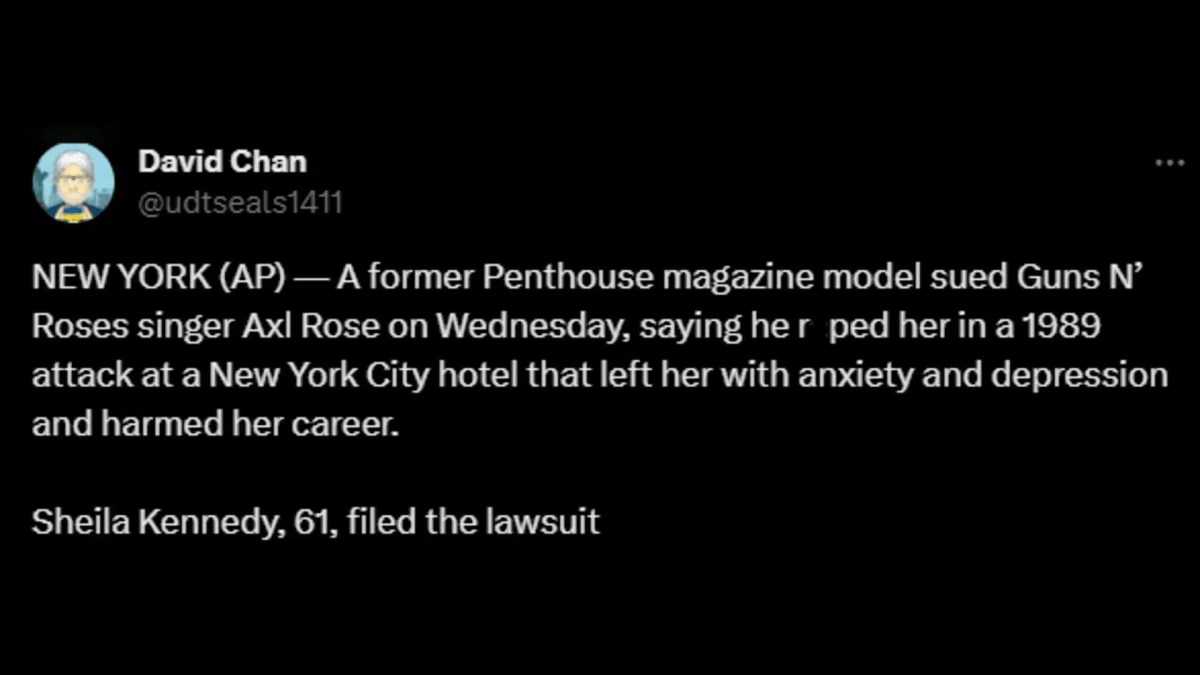
Public reaction to the Newsom-Trump exchange was largely divided along partisan lines. Media coverage varied significantly, with some outlets emphasizing Trump’s accusations while others focused on Newsom’s rebuttals and the scientific consensus on climate change’s role in wildfire risk. The narrative often evolved based on the intensity of wildfire activity and the prevailing political climate.
The public sentiment regarding the wildfire crisis and the political blame game is deeply polarized, reflecting broader societal divisions on environmental policy and climate change.
So, Gov. Newsom’s got Trump on his case about the wildfires, a real political firestorm, right? It’s a whole different kind of heat than what Jessica Alba’s describing in her interview where she compared her marriage to Cash Warren to being this , but both situations definitely involve some serious intensity. Back to Newsom, though – this whole Trump blame game is probably adding fuel to the already burning political landscape.
Legal and Political Implications
Trump’s accusations, while politically charged, likely lacked sufficient legal basis for any significant legal ramifications. However, the political impact was substantial, potentially affecting both Newsom’s and Trump’s public image and influencing future policy decisions and election cycles. The long-term consequences could involve increased scrutiny of wildfire management practices and a renewed focus on climate change mitigation efforts.
Visual Representation of Wildfire Data
A line graph depicting the increase in wildfire acreage in California over the past decade would effectively illustrate the trend. Data sources could include the California Department of Forestry and Fire Protection (Cal Fire) and the National Interagency Fire Center (NIFC). The x-axis would represent years, and the y-axis would show the total acreage burned. The graph could use different colors to represent different fire severity levels.
An infographic illustrating the factors contributing to wildfires could utilize a combination of icons, charts, and text. Visual elements could include icons representing drought conditions, rising temperatures (climate change), human activity (e.g., power lines, campfires), and forest management practices. A pie chart could show the relative contribution of each factor to the overall wildfire risk.
So, Gov. Newsom is firing back at Trump’s wildfire blame game – pretty intense stuff, right? Meanwhile, on a completely different note, check out this exciting news: Wicked leads with 4 SAG Award nominations; live announcement. It’s a nice contrast to the political drama, and shows that some things are worth celebrating. Back to Newsom and Trump though – this feud is far from over, I bet.
Final Wrap-Up: Gov. Newsom Responds To Trump Blaming Him For Wildfires | CNN
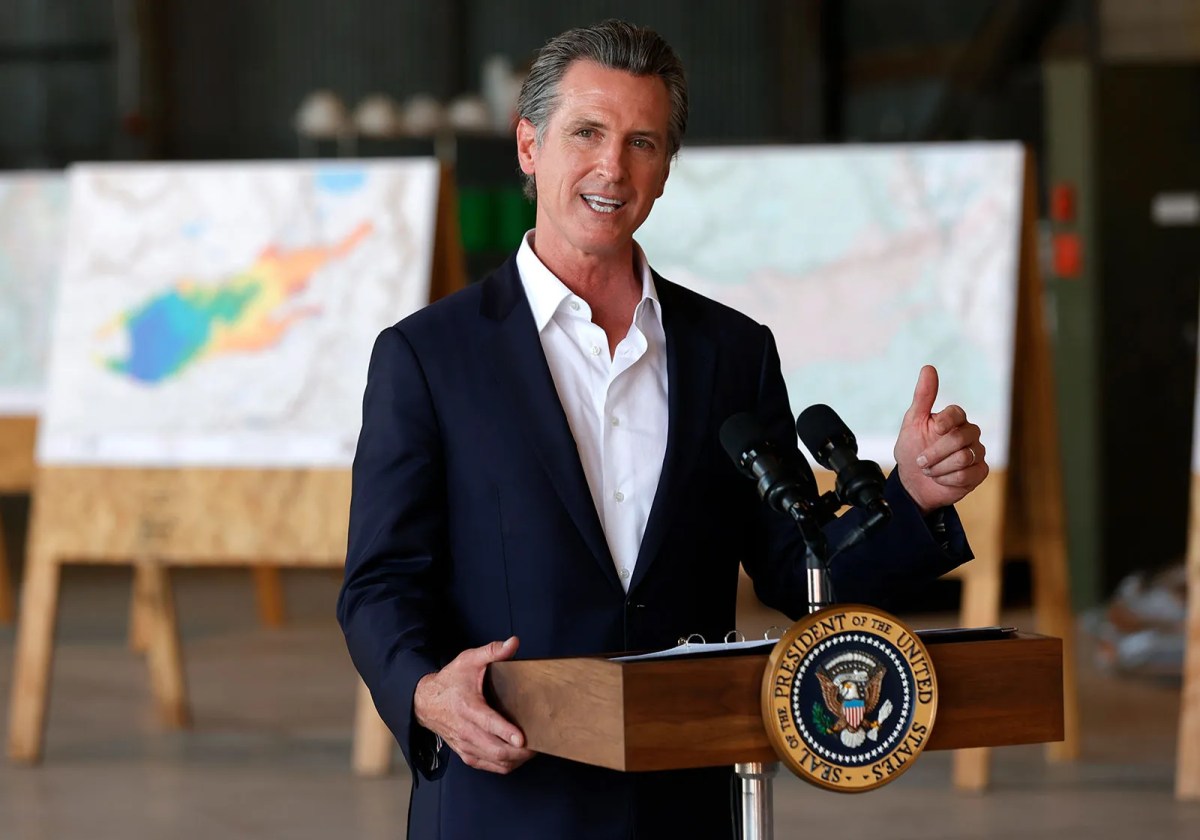
The exchange between Governor Newsom and Donald Trump regarding California wildfires reveals a deeper conflict over environmental policy, political responsibility, and the very nature of climate change. Newsom’s measured response, while defending his administration’s policies, underscores the complexities of wildfire management in a changing climate. Trump’s accusations, framed within his broader political narrative, further polarize the debate, hindering productive dialogue on crucial environmental issues.
The lasting impact of this public spat will likely be felt in future political discourse and wildfire mitigation efforts.
So, Gov. Newsom’s got Trump on his back about the wildfires, a pretty intense political spat, right? It’s a stark contrast to the image of unity we saw earlier, like when you check out this photo of all five living US presidents pictured together at funeral of Jimmy Carter. It makes you think about how different kinds of events bring out different sides of American politics.
Anyway, back to Newsom – he’s definitely not backing down from Trump’s accusations.
FAQ Corner
What specific policies did Trump criticize?
Trump likely criticized Newsom’s forest management practices, potentially highlighting perceived failures in preventative measures.
How did the media portray the different perspectives?
Media coverage varied widely, with some outlets emphasizing Trump’s accusations while others focused on Newsom’s rebuttals and the scientific consensus on climate change’s role in wildfires.
What are the potential legal consequences for Trump’s accusations?
The potential for legal action is unclear. The accusations might be considered political rhetoric, protected under free speech, but could face scrutiny if they contain demonstrably false statements with malicious intent.
